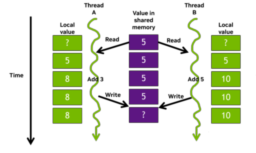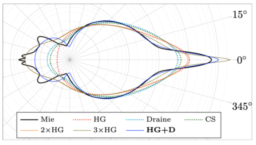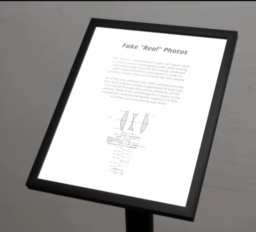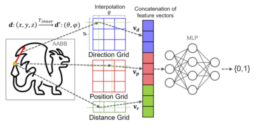- This article discusses a code sanitizer in CUDA that is similar to one used in C++
- The tool can detect race conditions, memory violations, uninitialized memory access, and thread synchronization issues.

- the article provides an in-depth study of a Diablo IV frame rendering on PC
- presents the different stages and passes of the frame
- additionally contains a section of some technical ticks & tricks that were employed from art and programming

- The paper introduces a new method for representing scattering with varying particle sizes using uniform parameters
- The method combines Henyey-Greenstein and Draine’s phase derivation
- The paper provides an analytic evaluation of the method
- The quality of the method is compared to other methods

- the video shows an humerous overview of what is required to model a camera, with functioning lenes, filters etc
- shows the difficulties and complexities that camera’s following a real-world model face
- finally shows a number of images that got generated using this method

- the article dicusses how to use signed distance functions to render a circle
- show render a circle with antialiasing, drop-shadows, and edge borders.

- the paper introduces a replacement for bottom-level BVH traversal based on neural network techniques
- presents performance and quality comparison
- additionally also shows how the presented technique is view and scene dependent

- the Siggraph 2023 course notes discuss the challenges faced related to water rendering on Avatar: The Path of water
- gives an overview of the challenges faced, a solid foundational background for the underlying models
- presents practical implementation strategies used
- additionally presents several unsolved problems

- the video explains the concept of convolution functions/filters
- starts with distinct distributions and generalizes from there into continuous functions
- develops two separate ways to visualize the computations and show how they allow different questions to be answered more neatly

Thanks to atyuwen for support of this series.
Would you like to see your name here too? Become a Patreon of this series.